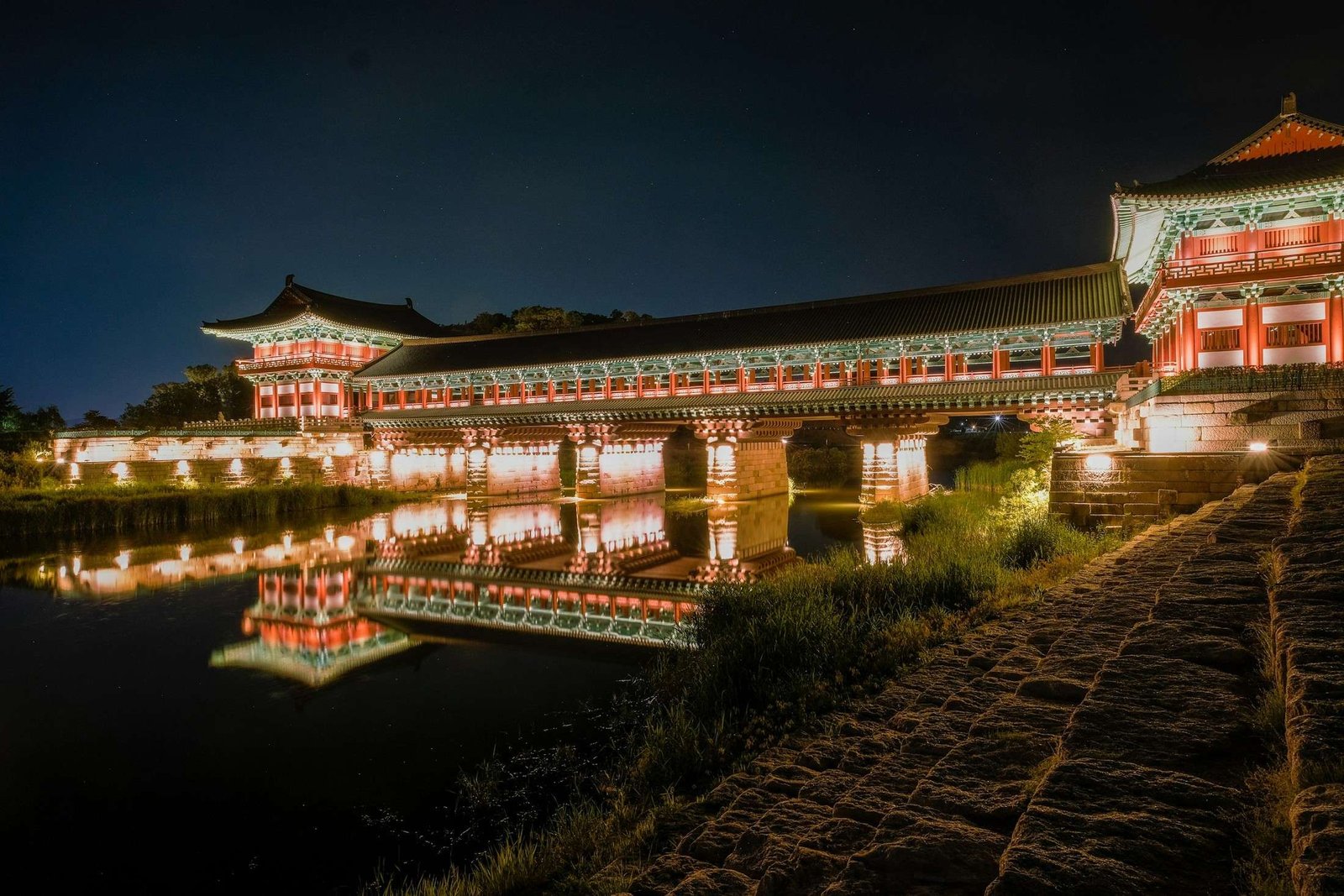Historical Tourism

Tourism Sites

Gyeongju-si
🧠 Fact: The “Museum Without Walls” — packed with ancient tombs, temples, and relics from the Silla
Dynasty.
💡 Tip: Don’t miss Bulguksa Temple and Seokguram Grotto (both UNESCO sites).
Info: Gyeongju-si, often called “the museum without walls,” is a historic city in South Korea that was once the capital of the ancient Silla Kingdom. Located in the southeastern region, it is rich in cultural heritage and home to numerous UNESCO World Heritage Sites. Key attractions include Bulguksa Temple, Seokguram Grotto, and the ancient tombs at Tumuli Park. Gyeongju’s Anapji Pond and Cheomseongdae Observatory offer glimpses into Korea’s past. With its well-preserved relics, traditional architecture, and serene landscapes, Gyeongju is a must-visit for those interested in Korean history and culture.
- 📍 South Korea, Gyeongju

Suwon-si
🧠 Fact: Home to Hwaseong Fortress, a UNESCO World Heritage Site dating back to the late 18th
century.
💡 Tip: Visit during the Suwon Hwaseong Cultural Festival for live reenactments.
Info: Suwon-si, the capital of Gyeonggi Province near Seoul, is a vibrant city known for its blend of history and modernity. It’s famous for the UNESCO World Heritage-listed Hwaseong Fortress, a stunning example of 18th-century architecture. Suwon is also a tech hub, home to Samsung Electronics’ headquarters. Visitors can explore cultural sites like the Korean Folk Village and enjoy natural spots such as Gwanggyo Lake Park. Suwon offers a unique mix of traditional heritage and contemporary innovation, making it a fascinating destination in South Korea.
- 📍 South Korea, Suwon
